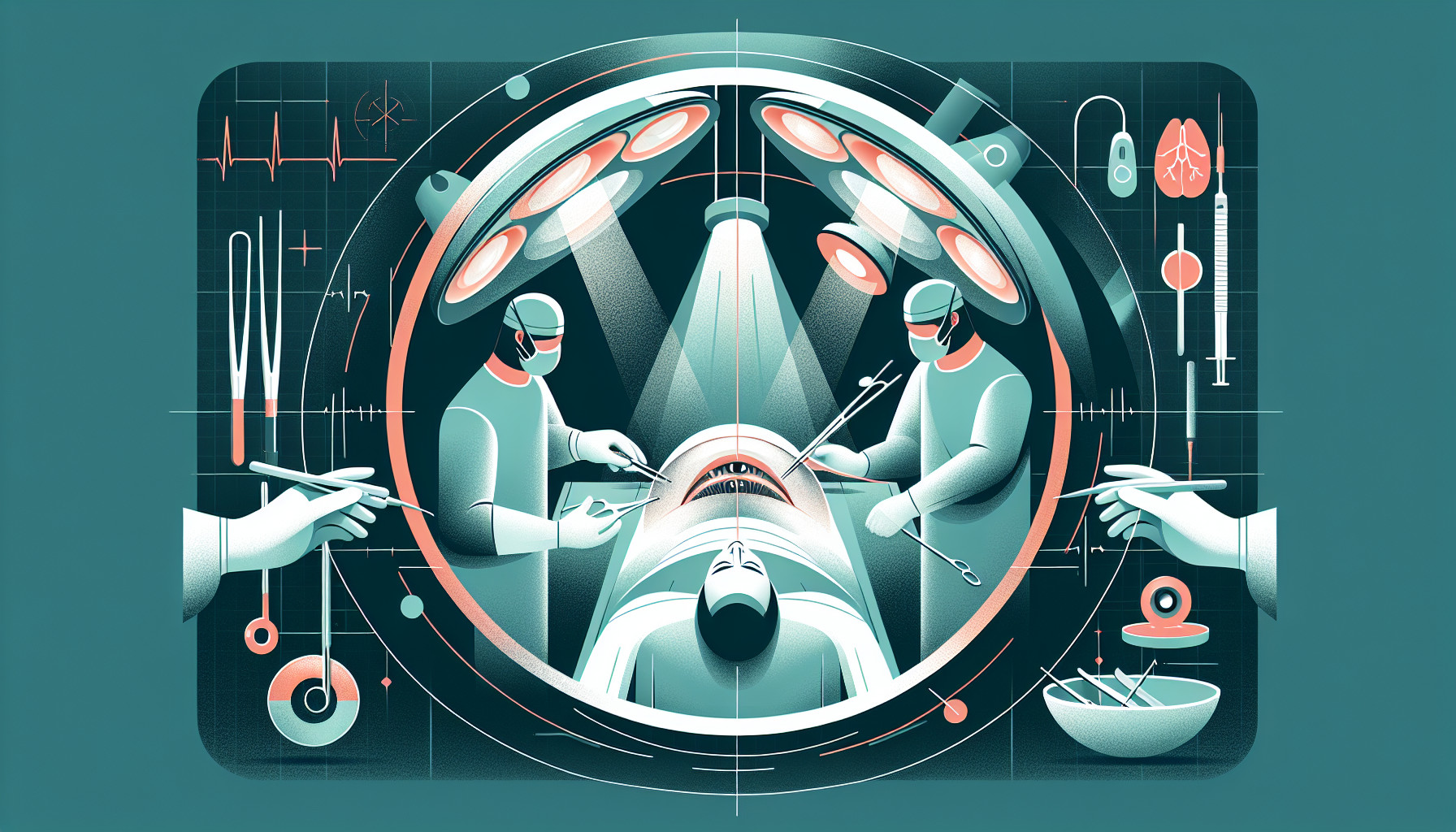Our Summary
This research paper reviews the latest literature regarding eye surgery for patients with keratoconus, a condition that affects the shape of the cornea, who are also undergoing cataract surgery. It discusses the need for a comprehensive approach to surgery planning, considering methods like cross-linking and intra-corneal rings to stabilize the disease’s progression. It identifies a significant issue with unreliable measurements, especially in advanced stages of the disease. The paper suggests using standard K values for severe cases, and a device called pentacam for mild to moderate cases. It also recommends using monofocal intraocular lenses, while toric lenses can be used in mild and stable cases. Despite careful planning, there can be unexpected outcomes after surgery, which can be managed with lens exchange or secondary lenses. The paper concludes by emphasizing the importance of thorough pre-surgery planning and the need to inform patients about potential post-surgery surprises.
FAQs
- What methods are recommended for stabilizing the progression of keratoconus in patients undergoing cataract surgery?
- What is the suggested approach for dealing with unreliable measurements in severe cases of keratoconus?
- What options are available for managing unexpected outcomes after cataract surgery for patients with keratoconus?
Doctor’s Tip
A helpful tip a doctor might tell a patient about cataract surgery is to follow all pre-operative instructions carefully, including fasting before the procedure and stopping certain medications as directed. Additionally, it is important to have realistic expectations about the outcome of the surgery and to be prepared for potential complications or side effects. It is also crucial to attend all follow-up appointments and adhere to post-operative care instructions to ensure a successful recovery.
Suitable For
Patients who are typically recommended cataract surgery include those with impaired vision due to cataracts, which can cause cloudy or blurry vision, glare, difficulty reading, and poor night vision. Other factors that may lead to a recommendation for cataract surgery include difficulty performing daily activities, such as driving or reading, and a decrease in quality of life.
Patients with other eye conditions, such as keratoconus, may also be recommended for cataract surgery if their vision is significantly affected by cataracts. However, special considerations may need to be taken into account for these patients, such as the need for additional procedures to stabilize the cornea and ensure optimal outcomes from cataract surgery.
Overall, the decision to recommend cataract surgery is based on the individual patient’s symptoms, visual acuity, and overall health, as well as the impact of cataracts on their daily life. It is important for patients to consult with their eye care provider to determine if cataract surgery is the best course of action for their specific situation.
Timeline
Before cataract surgery:
- Patient notices symptoms such as blurry vision, glare, difficulty seeing at night, and colors appearing faded
- Patient undergoes a comprehensive eye exam to diagnose cataracts
- Patient consults with an ophthalmologist to discuss treatment options and surgical procedures
- Pre-operative tests are conducted to determine the size and shape of the eye, as well as any underlying conditions that may affect the surgery
- Patient receives instructions on how to prepare for surgery, including fasting before the procedure and stopping certain medications
After cataract surgery:
- Patient undergoes the surgical procedure to remove the cloudy lens and replace it with an artificial intraocular lens
- Patient may experience some discomfort and blurred vision immediately after surgery, which typically improves within a few days
- Patient is prescribed eye drops to prevent infection and promote healing
- Patient is advised to avoid strenuous activities and to wear protective eyewear during the recovery period
- Follow-up appointments are scheduled to monitor the healing process and check for any complications
- Patient may notice improved vision and reduced dependence on glasses or contact lenses after the surgery.
What to Ask Your Doctor
Some questions a patient should ask their doctor about cataract surgery include:
- What is the best surgical approach for my specific case of cataracts?
- How will the surgery impact my keratoconus condition?
- Are there any additional procedures, such as cross-linking or intra-corneal rings, that should be considered in conjunction with cataract surgery?
- How will you ensure accurate measurements for my eye shape and size, especially with my keratoconus condition?
- What type of intraocular lens do you recommend for me, and why?
- What are the potential risks and complications associated with cataract surgery in patients with keratoconus?
- What should I expect in terms of visual outcomes after surgery, and how will my keratoconus impact these outcomes?
- What steps will be taken if there are unexpected outcomes or complications post-surgery?
- How can I best prepare for cataract surgery given my keratoconus condition?
- Are there any specific post-operative care instructions I should follow to ensure optimal results?
Reference
Authors: Singh C, Joshi VP. Journal: Semin Ophthalmol. 2023 Jan;38(1):57-64. doi: 10.1080/08820538.2022.2112702. Epub 2022 Aug 22. PMID: 35996343
